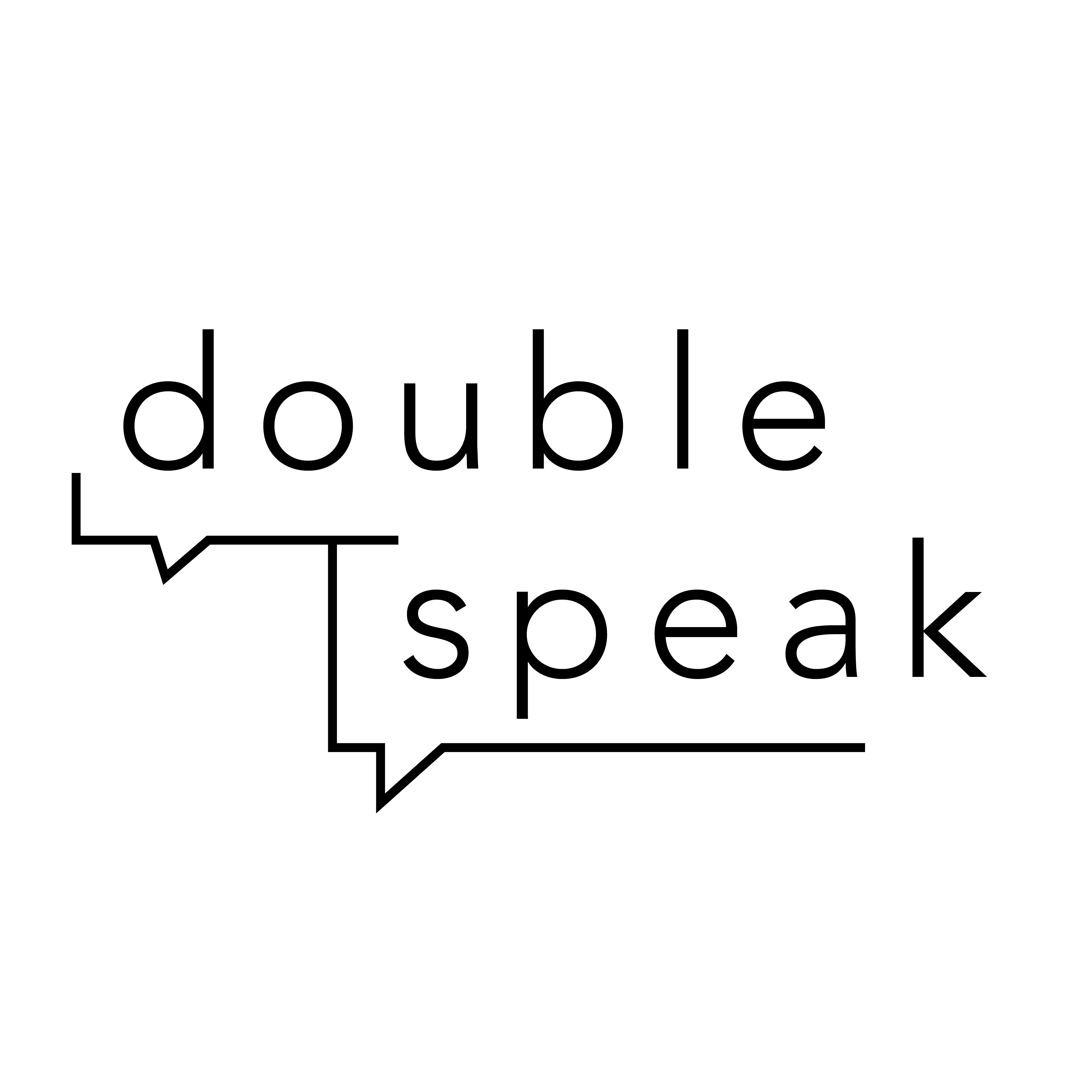
Shoshana Akabas
on translating Rachel Bluwstein
Hebrew poses several unique translation challenges. Many Hebrew words are rich with biblical context that can be difficult to convey in other languages. For example, argaman is a reddish-purple dye used in biblical times. Because of its use in the temple design, it has a regal connotation that is lost in the translation (“crimson”). The fact that articles, prepositions, conjunctions, and pronouns are often attached to other words in Hebrew allows for concision that is not possible in English (where “and” and “in” are individual words). The final line (three words) of the poem literally translates to “here, I am like this” — but that felt too wordy, so I chose to maintain the simplicity of the original last line instead. Finally, the gendered nature of Hebrew words (with a few set suffixes) makes rhyming much easier in Hebrew than English, so rhymes or slant-rhymes are mostly omitted from this translation, since I endeavored to preserve Rachel’s images above all else.
about the author
Rachel Bluwstein (1890–1931) — better known in Hebrew as “Rachel the Poetess” — is one of Israel’s most beloved poets. She was born in Russia and emigrated to modern-day Israel at age nineteen, where she published three books of poetry in her lifetime. After her death, more anthologies were compiled, and she achieved such recognition that her portrait is featured on Israeli currency and her books are still best-sellers today.
about the translator
Shoshana Akabas teaches writing at Columbia University. She earned a bachelors from Penn in English and organic chemistry and holds an MFA from Columbia in fiction and literary translation. Her writing has been featured or is forthcoming in the Washington Post, Kenyon Review, American Short Fiction, The Believer, and Electric Literature.

photo by a DoubleSpeak staffer
